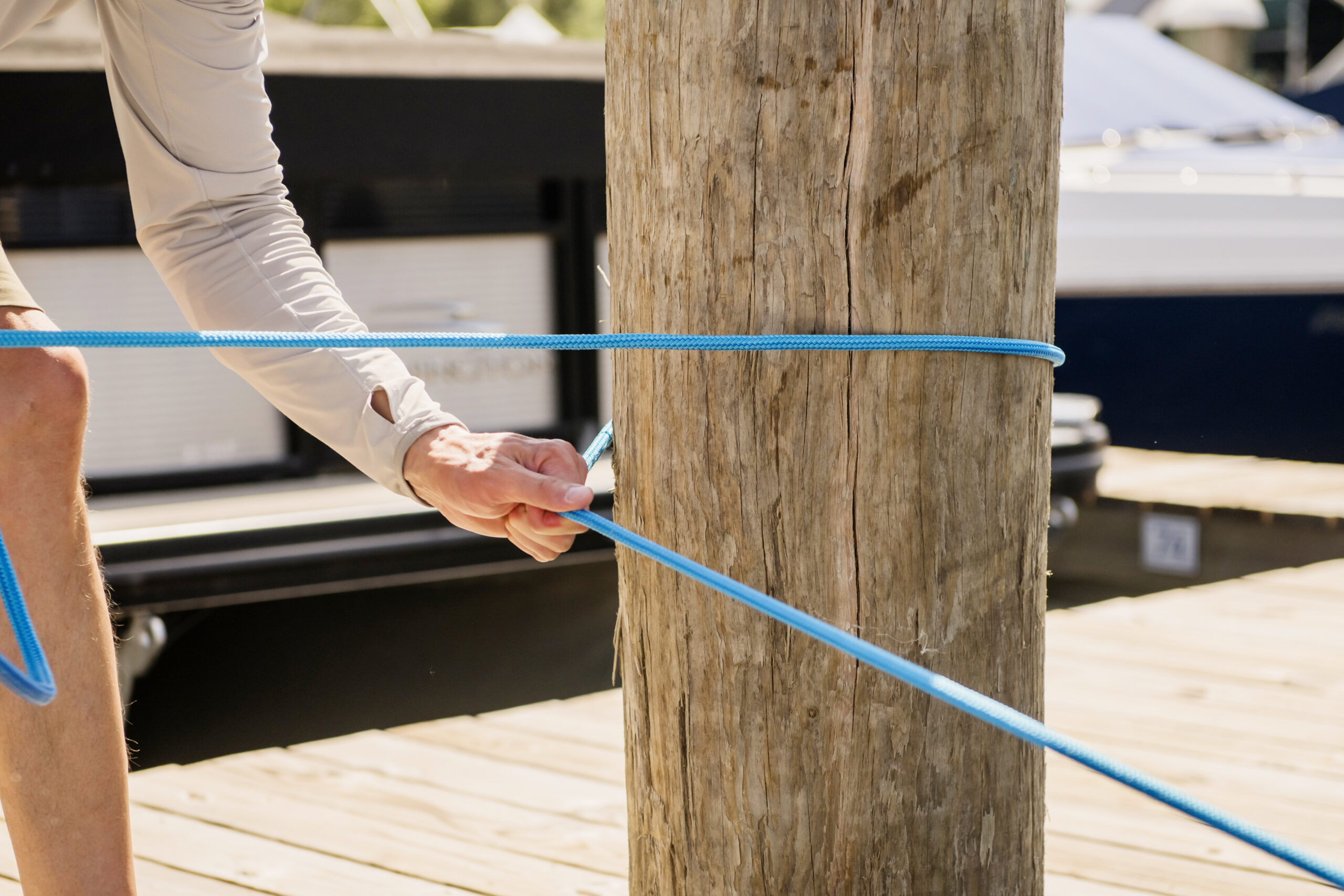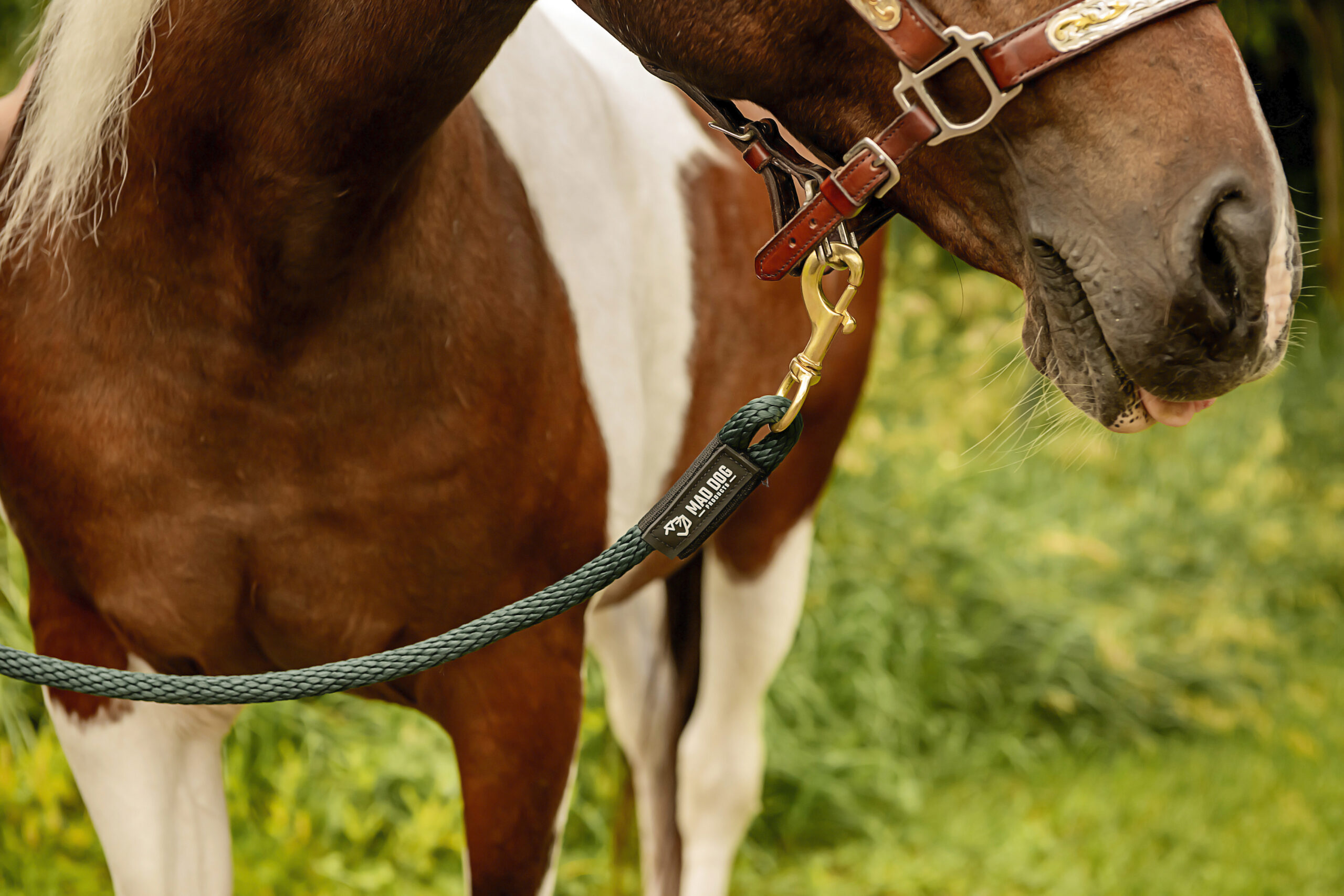The History Of Equestrian
From Ancient Times To Modern Day
Equestrianism, the art of riding, driving, and working with horses, boasts a rich and varied history that stretches back thousands of years. This fascinating journey through time reveals how horses have been pivotal to human progress, culture, and sport. Join us as we explore the evolution of equestrianism from its ancient beginnings to its contemporary form.
Ancient Beginnings
The story of equestrianism began over 4,000 years ago with the domestication of horses on the steppes of Central Asia. The earliest evidence of horseback riding comes from the Hittites and the Scythians, who used horses for transportation and warfare. In ancient Mesopotamia, horses were integrated into chariots, fundamentally changing the dynamics of battle and trade.
Medieval Times
The medieval period saw the rise of the knight and the importance of the war horse. The development of specialized riding equipment, like the saddle and stirrup, revolutionized mounted combat. Horses were not only essential for warfare but also for the agricultural advancements of the era, plowing fields and transporting goods.
The Renaissance and Beyond
The Renaissance brought a renewed interest in the art of riding. Prominent figures like Federico Grisone and William Cavendish, Earl of Newcastle, penned influential texts on horse training and riding techniques. The period also saw the rise of classical dressage, which emphasized the elegance and precision of horse movements.
At The Turn Of The Century
The 19th Century
The 19th century marked the formalization of equestrian sports. The establishment of organizations like the Jockey Club in England and the International Olympic Committee began to formalize the rules and standards of competitive riding. Equestrian disciplines such as show jumping, dressage, and eventing gained prominence and set the stage for modern competition.
The 20th Century and Modern Day
The 20th century brought significant changes to equestrianism, with increased recognition of the sport in the Olympics and the development of various equestrian disciplines. The introduction of safety measures, including the use of helmets and modern riding gear, enhanced both rider and horse welfare.
Today, equestrianism spans a broad spectrum, from high-level competition to recreational riding. It includes diverse disciplines such as eventing, dressage, show jumping, and driving, reflecting the sport’s versatility and enduring appeal. The relationship between horse and rider continues to be a source of fascination and inspiration, bridging cultures and generations.
Throughout history, horses have influenced culture in profound ways. They have been symbols of power, freedom, and grace, appearing in art, literature, and mythology across different societies. From the heroic steed of medieval legends to the modern sports champion, horses hold a special place in human imagination and culture.
As we move into the future, the history of equestrianism reminds us of the profound bond between humans and horses. This connection continues to evolve, with advancements in training techniques, veterinary care, and technology enhancing our understanding and appreciation of the sport. The legacy of equestrianism is a testament to the enduring partnership between humans and horses, one that continues to inspire and captivate.
Become a Dealer
Subscribe for 10% off your first purchase.




